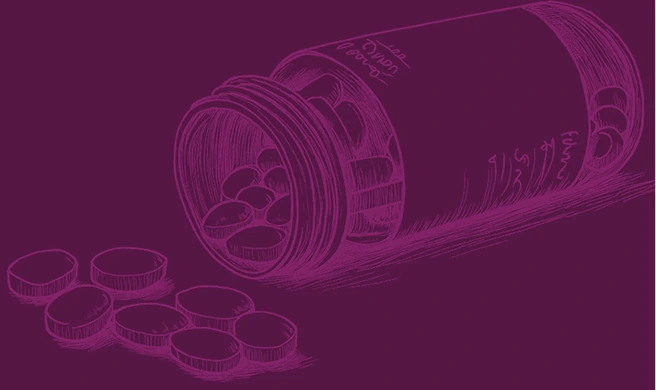About the instructor:
Seminar Summary
How can modelling be used in the fight against invasive malaria mosquito, Anopheles stephensi in Africa? The panel focused on An. stephensi, the invasive species capable of transmitting malaria, and increasingly threatening the African continent. Sarah Zohdy (CDC) presenting the works of Fitsum Tadesse (AHRI, Ethiopia) , Courtney Murdock (Cornell University ), and Jeanne Samake (CDC).
Sarah Zohdy (for Fitsum Tadesse) presented on the history of the spread of An. stephensi in the African continent. Since its early reports in Djibouti (in the eastern coast of Africa) of 2012, the species has now been reported in eight African countries. Djibouti moved from a pre-elimination state in 2010, to a 26-fold increase in annual cases from 2012 to 2020. Given the ecology of the An. stephensi vector including its capability of breeding in urban habitats, a projected 126 million people across Africa could be at risk of malaria due to the invasive vector. Breeding in man-made containers also leads to perennial patterns of disease transmission as studies have concluded the vector can transmit both Plasmodium falciparum and P. vivax parasite.
Courtney Murdock presented on ecological drivers of An. stephensi and urban malaria in India. The vector’s ecology has many similarities with those in Africa. In urban Indian settings, the vector typically rests indoors, in cattle sheds, and feeds on both cattle and humans. By combining field and lab data, the study quantifies vector competence under different climate conditions with subsequent analyses on the spatial and temporal variations in transmission dynamics, including the effects of climate change. Results so far have shown large spatial variations and clustering in the study areas, where indoor and outdoor microclimates also lead to differences in predictors of environmental suitability. Future works will incorporate the effects of relative humidity and variations in socio-ecological factors.
Jeanne Samake presented on incorporating genomics data to predict invasion of An. stephensi. Genomic sequencing of An. stephensi mosquitoes collected from Ethiopia and Somaliland done revealed spatial differences in lineages indicating multiple introductions. In addition, genetic network analyses revealed vector dispersal hubs in Ethiopia and Somaliland. Species suitability models comparing those with and without genetic distances included as a determinant revealed no significant effects of gene flow/ genetic variability. Subsequent works will use the whole genome to further understand the vector’s adaptability and expansion.
Related Seminars



